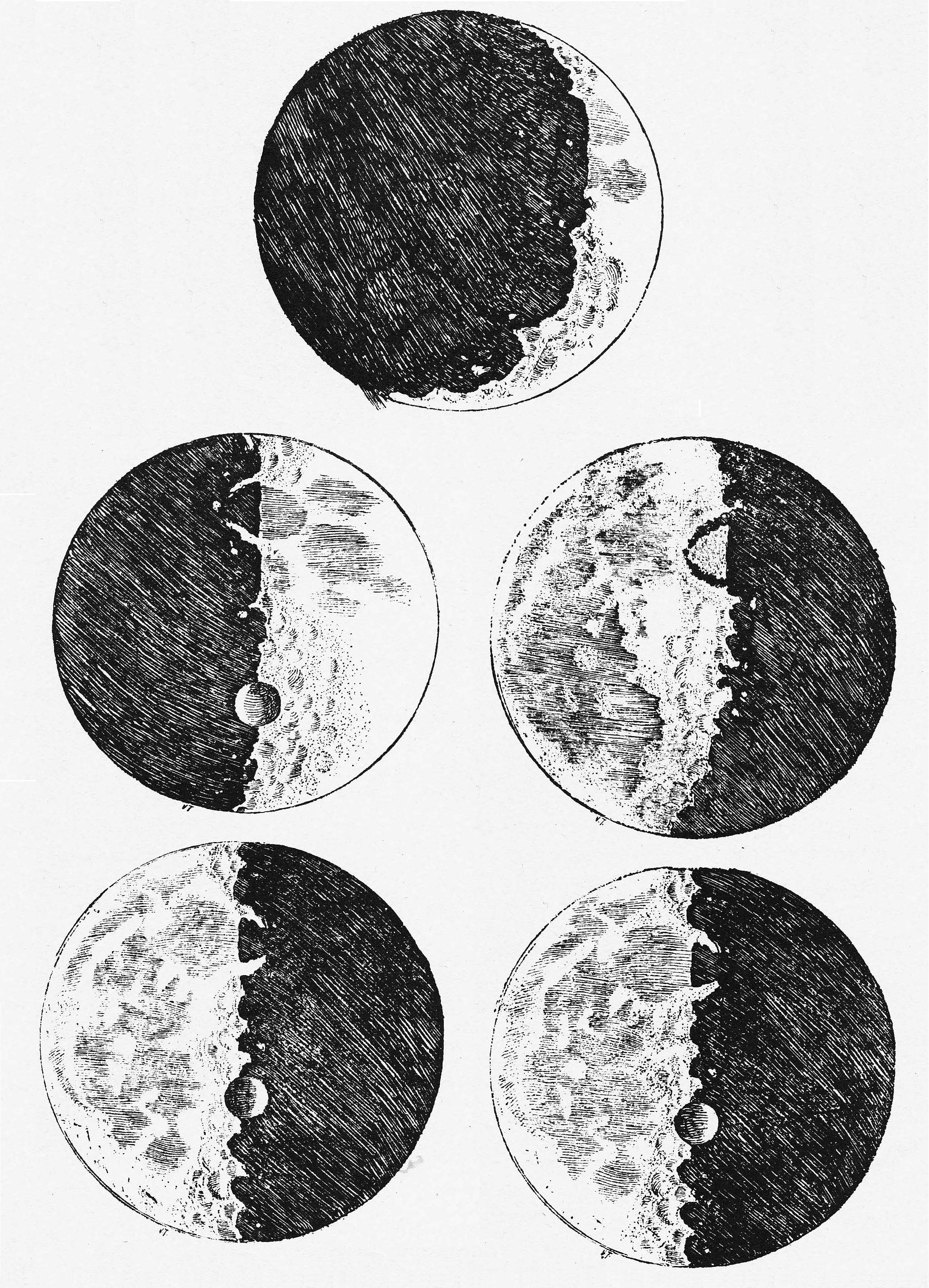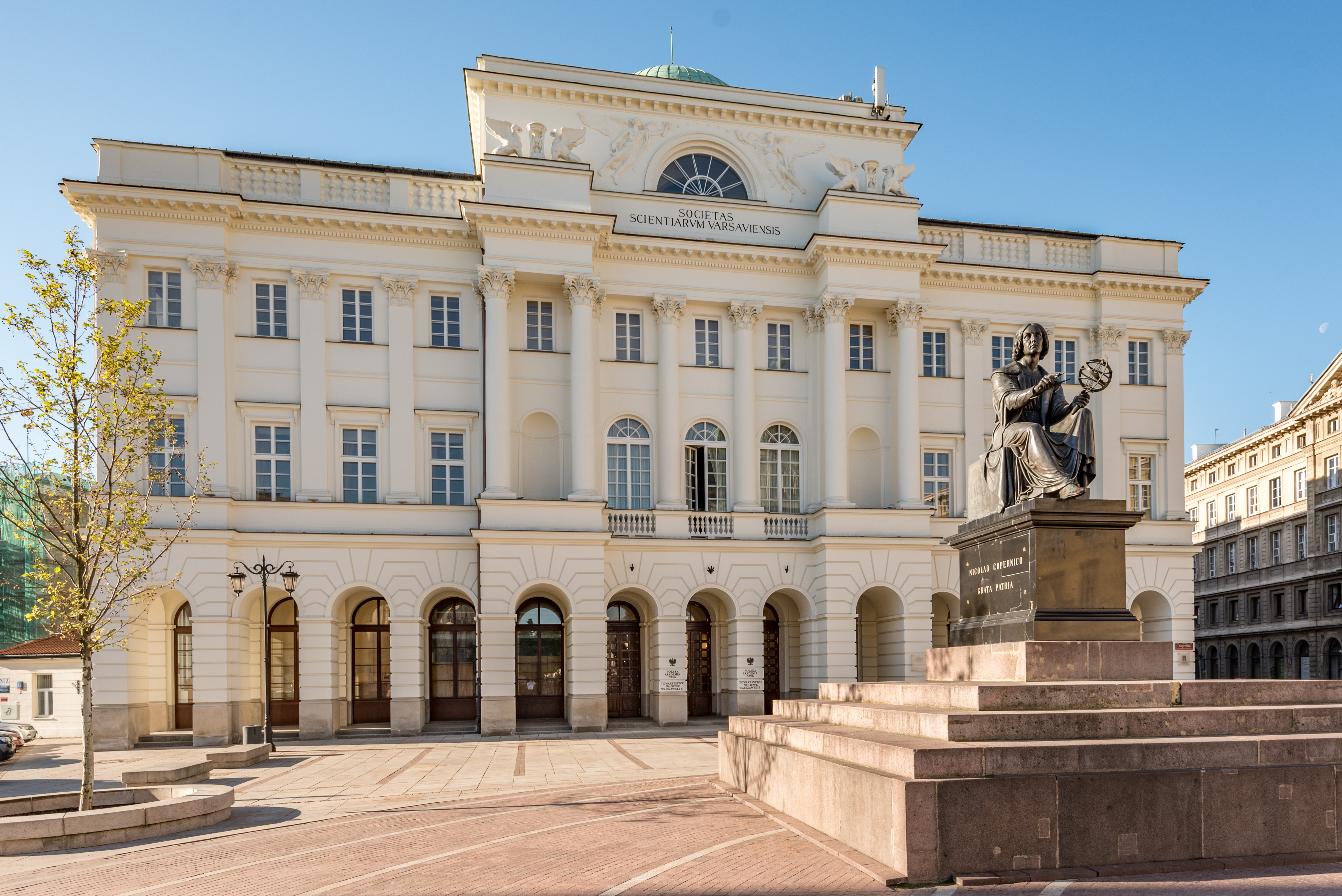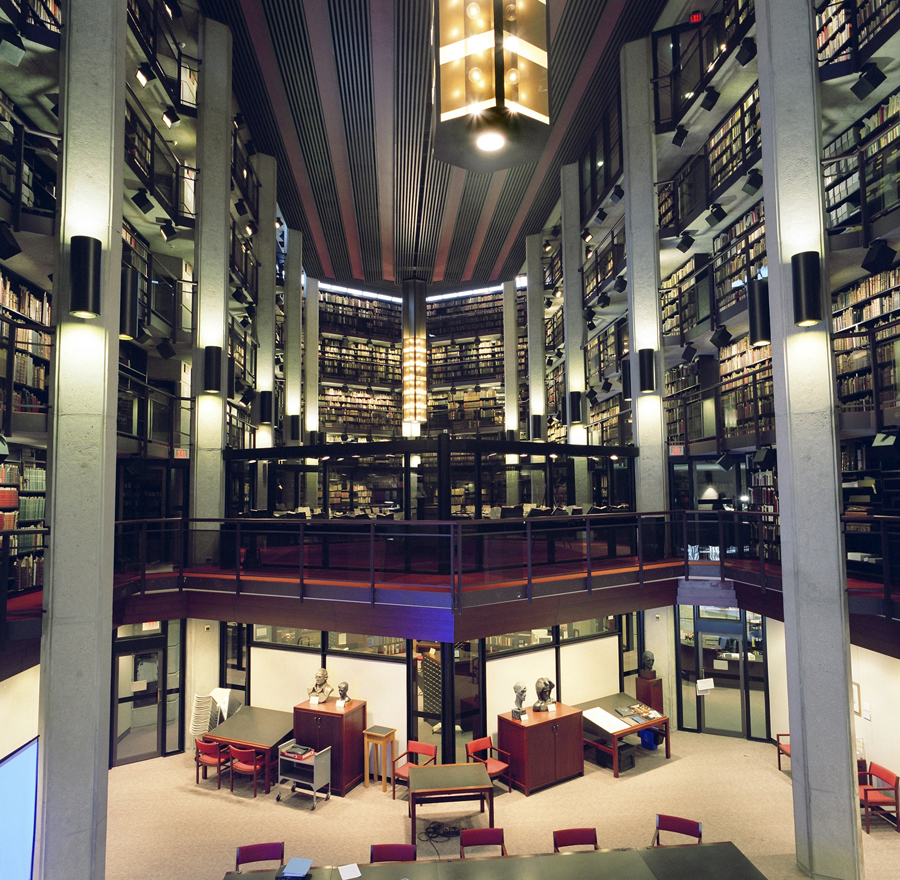|
Selenographia, Sive Lunae Descriptio
''Selenographia, sive Lunae descriptio'' (''Selenography, or A Description of The Moon'') was printed in 1647 and is a milestone work by Johannes Hevelius. It includes the first detailed map of the moon, created from Hevelius's personal observations. In his treatise, Hevelius reflected on the difference between his own work and that of Galileo Galilei. Hevelius remarked that the quality of Galileo's representations of the Moon in '' Sidereus nuncius'' (1610) left something to be desired. ''Selenography'' was dedicated to King Ladislaus IV of Poland and along with Riccioli/ Grimaldi's ''Almagestum Novum'' became the standard work on the Moon for over a century. There are many copies that have survived, including those in Bibliothèque nationale de France, in the library of Polish Academy of Sciences, in the Stillman Drake Collection at the Thomas Fisher Rare Books Library at the University of Toronto, and in the Gunnerus Library The Gunnerus Library in Trondheim is the oldest sc ... [...More Info...] [...Related Items...] OR: [Wikipedia] [Google] [Baidu] |
Selenography
Selenography is the study of the surface and physical features of the Moon (also known as geography of the Moon, or selenodesy). Like geography and areography, selenography is a subdiscipline within the field of planetary science. Historically, the principal concern of selenographists was the mapping and naming of the lunar terrane identifying maria, craters, mountain ranges, and other various features. This task was largely finished when high resolution images of the near and far sides of the Moon were obtained by orbiting spacecraft during the early space era. Nevertheless, some regions of the Moon remain poorly imaged (especially near the poles) and the exact locations of many features (like crater depths) are uncertain by several kilometers. Today, selenography is considered to be a subdiscipline of selenology, which itself is most often referred to as simply "lunar science." The word selenography is derived from the Greek lunar deity Σελήνη ''Selene'' and γράφ ... [...More Info...] [...Related Items...] OR: [Wikipedia] [Google] [Baidu] |
Johannes Hevelius
Johannes Hevelius Some sources refer to Hevelius as Polish: * * * * * * * Some sources refer to Hevelius as German: * * * * *of the Royal Society * (in German also known as ''Hevel''; pl, Jan Heweliusz; – 28 January 1687) was a councillor and mayor of Gdańsk (Danzig), in the Polish–Lithuanian Commonwealth. As an astronomer, he gained a reputation as "the founder of lunar topography", and described ten new constellations, seven of which are still used by astronomers. Etymology According to the Polish Academy of Sciences (1975) the origin of the name goes back to the surname Hawke, a historical alternative spelling for the English word hawk, which changed into ''Hawelke'' or ''Hawelecke''. In Poland he is known as ''Jan Heweliusz''. Other versions of the name include Hewel, Hevel, Hevelke or Hoefel, Höwelcke, Höfelcke. According to Feliks Bentkowski (1814), during his early years he also signed as Hoefelius. Along with the Latinized version of his name, Ludwig Gü ... [...More Info...] [...Related Items...] OR: [Wikipedia] [Google] [Baidu] |
Galileo Galilei
Galileo di Vincenzo Bonaiuti de' Galilei (15 February 1564 – 8 January 1642) was an Italian astronomer, physicist and engineer, sometimes described as a polymath. Commonly referred to as Galileo, his name was pronounced (, ). He was born in the city of Pisa, then part of the Duchy of Florence. Galileo has been called the "father" of observational astronomy, modern physics, the scientific method, and modern science. Galileo studied speed and velocity, gravity and free fall, the principle of relativity, inertia, projectile motion and also worked in applied science and technology, describing the properties of pendulums and "hydrostatic balances". He invented the thermoscope and various military compasses, and used the telescope for scientific observations of celestial objects. His contributions to observational astronomy include telescopic confirmation of the phases of Venus, observation of the four largest satellites of Jupiter, observation of Saturn's rings, and a ... [...More Info...] [...Related Items...] OR: [Wikipedia] [Google] [Baidu] |
Moon
The Moon is Earth's only natural satellite. It is the fifth largest satellite in the Solar System and the largest and most massive relative to its parent planet, with a diameter about one-quarter that of Earth (comparable to the width of Australia). The Moon is a planetary-mass object with a differentiated rocky body, making it a satellite planet under the geophysical definitions of the term and larger than all known dwarf planets of the Solar System. It lacks any significant atmosphere, hydrosphere, or magnetic field. Its surface gravity is about one-sixth of Earth's at , with Jupiter's moon Io being the only satellite in the Solar System known to have a higher surface gravity and density. The Moon orbits Earth at an average distance of , or about 30 times Earth's diameter. Its gravitational influence is the main driver of Earth's tides and very slowly lengthens Earth's day. The Moon's orbit around Earth has a sidereal period of 27.3 days. During each synodic period ... [...More Info...] [...Related Items...] OR: [Wikipedia] [Google] [Baidu] |
Sidereus Nuncius
''Sidereus Nuncius'' (usually ''Sidereal Messenger'', also ''Starry Messenger'' or ''Sidereal Message'') is a short astronomical treatise (or ''pamphlet'') published in New Latin by Galileo Galilei on March 13, 1610. It was the first published scientific work based on observations made through a telescope, and it contains the results of Galileo's early observations of the imperfect and mountainous Moon, the hundreds of stars that were unable to be seen in either the Milky Way or certain constellations with the naked eye, and the Medicean Stars (later Galilean moons) that appeared to be circling Jupiter.Raphael, Renée. ''Sidereus nuncius; or, A Sidereal Message, by Galileo Galilei''. Isis, Vol. 101, No. 3 (September 2010), pp. 644-645. Published by: The University of Chicago Press on behalf of The History of Science Society. The Latin word ''nuncius'' was typically used during this time period to denote ''messenger''; however, it was also (though less frequently) rendered as '' ... [...More Info...] [...Related Items...] OR: [Wikipedia] [Google] [Baidu] |
Ladislaus IV Of Poland
Ladislaus ( or according to the case) is a masculine given name of Slavic origin. It may refer to: * Ladislaus of Hungary (other) * Ladislaus I (other) * Ladislaus II (other) * Ladislaus III (other) * Ladislaus IV (other) * Ladislaus the Posthumous or Ladislaus V of Hungary (1440–1457), also King of Bohemia * Ladislaus of Naples (1377–1414), King of Naples * Wenceslaus III of Bohemia (1289–1306), who took the name Ladislaus when he was crowned King of Hungary in 1301 * Ladislaus Bortkiewicz (1868–1931), Russian economist and statistician * Ladislaus Hunyadi (1431–1457), Hungarian nobleman * Ladislaus Jagiello (other) * Ladislaus Kán (other) * Ladislaus Kurpiel (1883–1930), Austrian footballer * Ladislaus Pyrker (1772–1847), Hungarian Cistercian abbot, archbishop and poet * Laddie Ranasinghe, Ladislaus Perera Ranasinghe (1913-1983), Sri Lankan Sinhala actor * Ladislaus Rátót (died 1328), Hungarian no ... [...More Info...] [...Related Items...] OR: [Wikipedia] [Google] [Baidu] |
Riccioli
Giovanni Battista Riccioli, SJ (17 April 1598 – 25 June 1671) was an Italian astronomer and a Catholic priest in the Jesuit order. He is known, among other things, for his experiments with pendulums and with falling bodies, for his discussion of 126 arguments concerning the motion of the Earth, and for introducing the current scheme of lunar nomenclature. He is also widely known for discovering the first double star. He argued that the rotation of the Earth should reveal itself because on a rotating Earth, the ground moves at different speeds at different times. Biography Riccioli was born in Ferrara. He entered the Society of Jesus on 6 October 1614. After completing his novitiate, he began to study humanities in 1616, pursuing those studies first at Ferrara, and then at Piacenza. From 1620 to 1628 he studied philosophy and theology at the College of Parma. Parma Jesuits had developed a strong program of experimentation, such as with falling bodies. One of the most famous ... [...More Info...] [...Related Items...] OR: [Wikipedia] [Google] [Baidu] |
Francesco Maria Grimaldi
Francesco Maria Grimaldi, SJ (2 April 1618 – 28 December 1663) was an Italian Jesuit priest, mathematician and physicist who taught at the Jesuit college in Bologna. He was born in Bologna to Paride Grimaldi and Anna Cattani. Work Between 1640 and 1650, working with Riccioli, he investigated the free fall of objects, confirming that the distance of fall was proportional to the square of the time taken. Grimaldi and Riccioli also made a calculation of gravity at the earth's surface by recording the oscillations of an accurate pendulum. In astronomy, he built and used instruments to measure lunar mountains as well as the height of clouds, and drew an accurate map or, ''selenograph'', which was published by Riccioli and now adorns the entrance to the National Air and Space Museum in Washington D.C. He was the first to make accurate observations on the diffraction of light (although by some accounts Leonardo da Vinci had earlier noted it), and coined the word 'diffraction'. T ... [...More Info...] [...Related Items...] OR: [Wikipedia] [Google] [Baidu] |
Bibliothèque Nationale De France
The Bibliothèque nationale de France (, 'National Library of France'; BnF) is the national library of France, located in Paris on two main sites known respectively as ''Richelieu'' and ''François-Mitterrand''. It is the national repository of all that is published in France. Some of its extensive collections, including books and manuscripts but also precious objects and artworks, are on display at the BnF Museum (formerly known as the ) on the Richelieu site. The National Library of France is a public establishment under the supervision of the Ministry of Culture. Its mission is to constitute collections, especially the copies of works published in France that must, by law, be deposited there, conserve them, and make them available to the public. It produces a reference catalogue, cooperates with other national and international establishments, and participates in research programs. History The National Library of France traces its origin to the royal library founded at t ... [...More Info...] [...Related Items...] OR: [Wikipedia] [Google] [Baidu] |
Polish Academy Of Sciences
The Polish Academy of Sciences ( pl, Polska Akademia Nauk, PAN) is a Polish state-sponsored institution of higher learning. Headquartered in Warsaw, it is responsible for spearheading the development of science across the country by a society of distinguished scholars and a network of research institutes. It was established in 1951, during the early period of the Polish People's Republic following World War II. History The Polish Academy of Sciences is a Polish state-sponsored institution of higher learning, headquartered in Warsaw, that was established by the merger of earlier science societies, including the Polish Academy of Learning (''Polska Akademia Umiejętności'', abbreviated ''PAU''), with its seat in Kraków, and the Warsaw Society of Friends of Learning (Science), which had been founded in the late 18th century. The Polish Academy of Sciences functions as a learned society acting through an elected assembly of leading scholars and research institutions. The Academy h ... [...More Info...] [...Related Items...] OR: [Wikipedia] [Google] [Baidu] |
Thomas Fisher Rare Book Library
The Thomas Fisher Rare Book Library is a library in the University of Toronto, constituting the largest repository of publicly accessible rare books and manuscripts in Canada. The library is also home to the university archives which, in addition to institutional records, also contains the papers of many important Canadian literary figures including Margaret Atwood and Leonard Cohen. History The Department of Rare Books and Special Collections was founded in November 1955 by the Chief Librarian, Robert H. Blackburn. Blackburn hired Marion E. Brown who was working in the special collections department at Brown University. Brown's first responsibility was to deal with the items that had been accumulating since 1890. Some of these items in the collection included medieval manuscripts, early printed books, and special volumes of later periods that had been presented by Queen Victoria to the university. Between the accumulated items and items found in the stacks of the main library, th ... [...More Info...] [...Related Items...] OR: [Wikipedia] [Google] [Baidu] |
Gunnerus Library
The Gunnerus Library in Trondheim is the oldest scientific library in Norway and dates back to 1768 when it was the library of the Royal Norwegian Society of Sciences and Letters (DKNVS). The library is named after bishop Johan Ernst Gunnerus (1718–1773). The Gunnerus Library is among the most important historical libraries in Scandinavia due to its rich collection from the 18th century. It focuses especially on the academic fields of archaeology, botany and zoology, but is also a general scientific library with an extensive collections in the history of culture and sciences, as well as genealogy and local history. The library is open to the public and is mainly frequented by scientists and students from the NTNU and local historians. The Gunnerus library is located in Trondheim's neighborhood of Kalvskinnet. It is based in the building of the DKNVS' library which dates back to 1866, and the new adjacent annexes which were later added in the years 1939 and 1975. The library ... [...More Info...] [...Related Items...] OR: [Wikipedia] [Google] [Baidu] |







